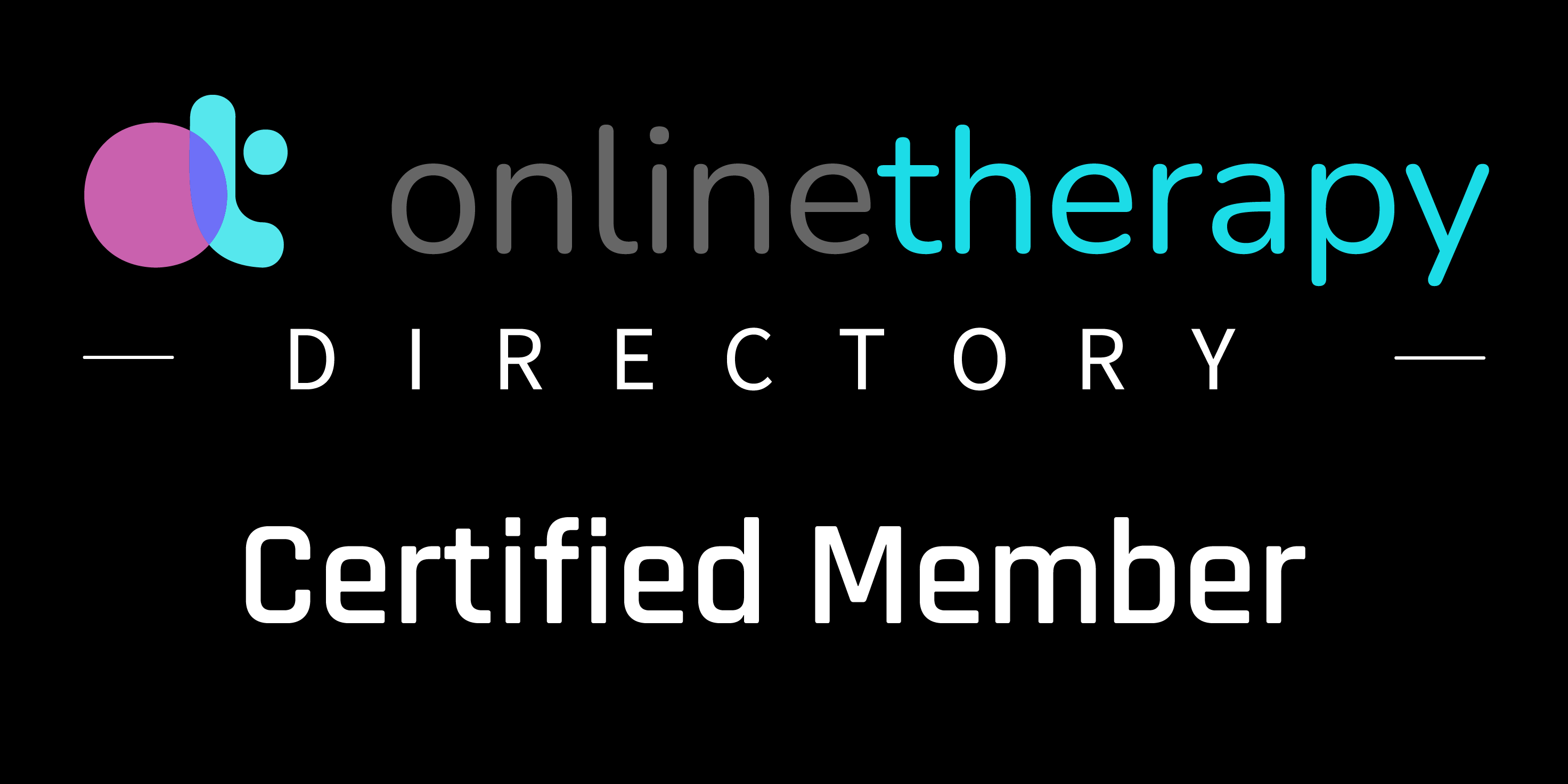Boundaries are a vital component of maintaining mental health and fostering positive relationships. They define the space between where one person ends and another begins, helping individuals understand their limits and communicate their needs and expectations to others. In this article, we explore the significance of boundaries through the lens of Dialectical Behavior Therapy (DBT), Rational Emotive Behavior Therapy (REBT), and Transactional Analysis (TA), providing insights and action plans for establishing and maintaining healthy boundaries.
The Essence of Boundaries in Mental Well-being
Boundaries are not just physical limits; they encompass emotional and psychological spaces as well. They allow individuals to separate their feelings, needs, and responsibilities from others, leading to a healthier, more balanced life. Without clear boundaries, one might struggle with issues like codependency, emotional distress, and relationship conflicts.
Understanding Boundaries Through DBT
Dialectical Behavior Therapy, a form of cognitive-behavioural therapy, is instrumental in teaching boundary-setting skills, especially for those struggling with emotional regulation. DBT emphasizes mindfulness, which helps individuals become more aware of their emotions and needs, thereby facilitating the identification of necessary boundaries. It also focuses on interpersonal effectiveness, teaching skills to communicate needs and boundaries assertively without aggression or passivity.
Case in Point
Consider the case of Maria, who often feels overwhelmed due to her inability to refuse requests from colleagues. Through DBT, Maria learns to recognize her limits, understand her rights, and communicate them effectively, thereby reducing her stress and improving her work-life balance.
REBT’s Contribution to Boundary Setting
Rational Emotive Behavior Therapy, developed by Albert Ellis, plays a crucial role in establishing healthy emotional boundaries. It helps individuals identify and alter irrational beliefs that often lead to emotional distress and hinder the establishment of healthy boundaries. By adopting a more rational and realistic approach to thinking, individuals can set boundaries without feeling unnecessary guilt or anxiety.
An Illustrative Example
John, for instance, feels compelled to always be available for his friends, stemming from an irrational belief that he must always please others. REBT helps him challenge this belief, enabling him to set reasonable boundaries and thus prevent emotional exhaustion.
Transactional Analysis in Boundary Dynamics
Transactional Analysis offers a unique perspective on interpersonal interactions and the establishment of boundaries. By understanding the different ego states (Parent, Adult, Child), individuals can better navigate their relationships and set boundaries that are respectful and effective. TA helps in recognizing unhealthy transactional patterns that might be boundary-violating and encourages more balanced interactions.
A Real-Life Scenario
Emily finds herself frequently in a caretaker role in her relationships, often leading to her feeling drained and unappreciated. Through TA, she learns to recognize and modify these patterns, establishing boundaries that allow for more mutually respectful and fulfilling relationships.
Integrating Boundaries into Daily Life
Integrating healthy boundaries into one’s life involves self-reflection, effective communication, consistent reinforcement, seeking support when needed, and practicing self-care. It requires understanding one’s limits and rights, effectively communicating these to others, and being consistent in upholding them. Additionally, it is important to recognize that setting boundaries is an ongoing process and might require adjustments as circumstances change.
Self-Reflection and Communication
Self-reflection helps in understanding personal needs and limits, which is the first step in setting boundaries. Communicating these boundaries clearly and assertively is crucial. This involves expressing one’s needs and limits respectfully, using “I” statements to convey how certain behaviours affect one.
Consistency and Support
Consistently reinforcing boundaries is essential, as it helps others understand and respect your limits. It’s also important to recognize that setting and maintaining boundaries can be challenging, and seeking support from mental health professionals can provide additional strategies and support.
The Role of Self-Care
Setting boundaries can be emotionally taxing, and it’s essential to engage in self-care activities to support emotional well-being. Self-care acts as a reinforcement of one’s boundaries, emphasizing the importance of one’s mental health and personal needs.
Wrapping up
Boundaries are integral to maintaining mental health and fostering healthy relationships. Techniques from DBT, REBT, and TA offer valuable insights and tools for understanding, establishing, and maintaining effective boundaries. By recognizing personal needs, communicating effectively, and consistently reinforcing boundaries, individuals can significantly improve their mental well-being and interpersonal relationships. Setting boundaries is not an act of selfishness; rather, it is an essential component of self-care and emotional health.















